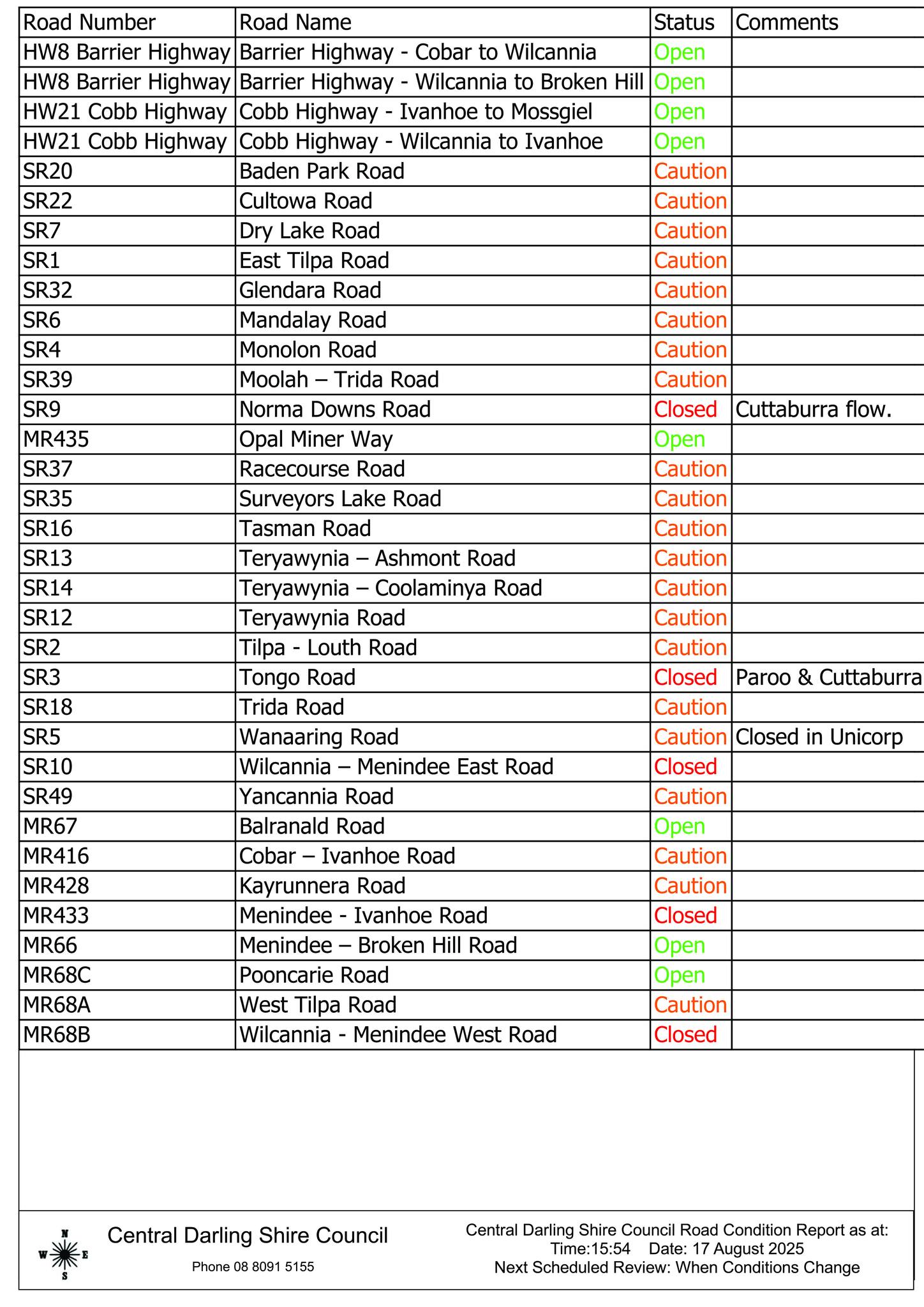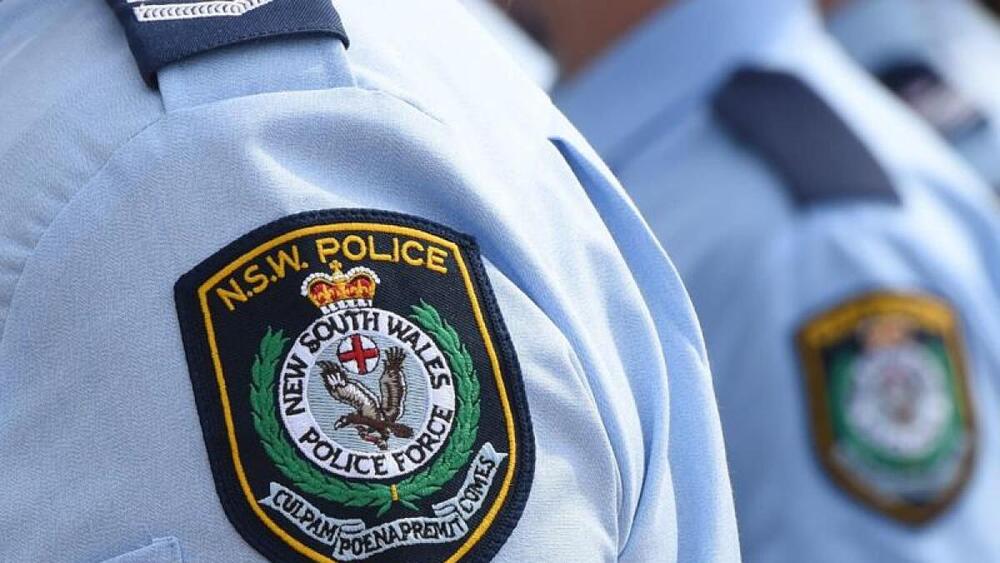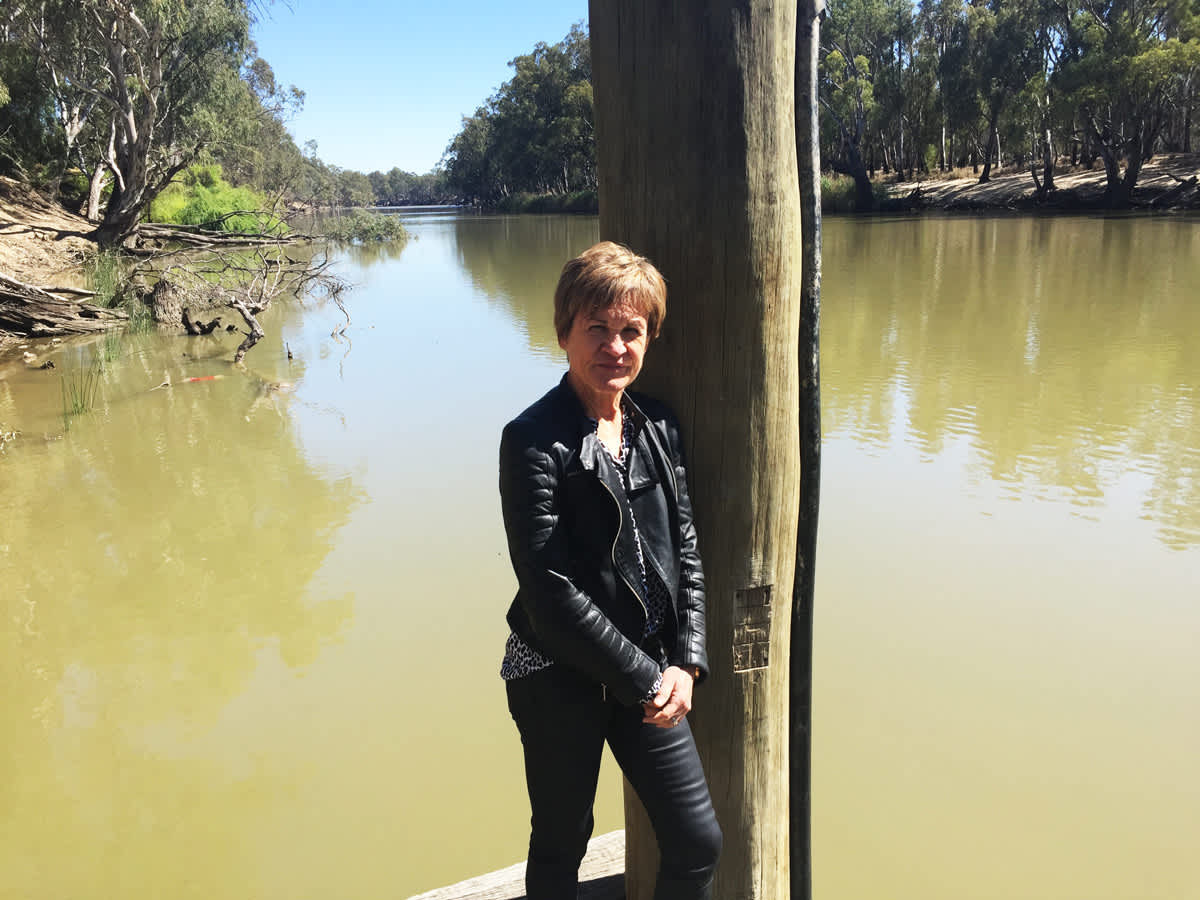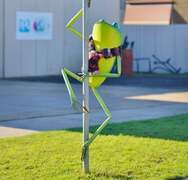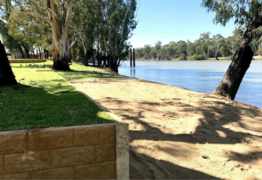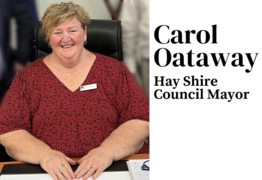Confirming your details could save a life
Kimberly Grabham
19 August 2025, 5:00 AM
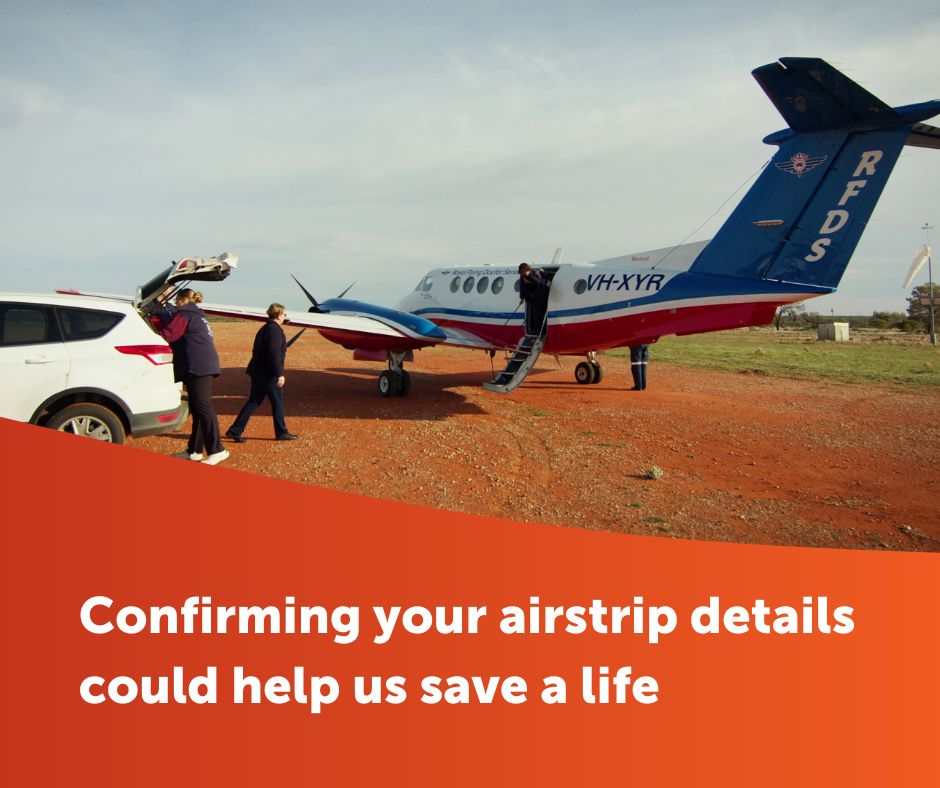
RFDS Seeks critical airstrip updates
When every second counts in a medical emergency, the last thing a Royal Flying Doctor Service pilot needs is outdated information about where they're planning to land. That's why RFDS (South Eastern) has launched a new airstrip information management system and is calling on airstrip owners and managers across the network to help update their records.
The request is simple but potentially life-saving: spend just five to ten minutes reviewing and confirming airstrip details using any smartphone or computer.
It's a small action that could make an enormous difference when emergency crews need to reach remote communities quickly.
The RFDS maintains a register of several hundred airstrips that their teams can attend across the network – from major regional airports to remote station strips carved out of paddocks.
Each one represents a potential lifeline for communities that might be hours away from the nearest hospital by road.
"Keeping us up to date with the details and condition of your airstrip greatly assists our pilots with flight planning when we need to reach your community quickly," the RFDS explains in their appeal to airstrip operators.
It's not hard to imagine why this information is so crucial. Picture an RFDS pilot receiving an emergency call about a serious accident or medical emergency in a remote area. They need to know: Is the airstrip surface in good condition? What's the current length and width? Are there any new obstacles? Is lighting available for night operations? What about fuel availability? All of these factors feed into critical split-second decisions about flight planning and patient transport.
Even if airstrip owners have submitted information before, the RFDS is asking everyone to take a fresh look. Conditions change – weather can damage surfaces, new structures might affect approach paths, or facilities might have been upgraded or removed. What was accurate six months ago might not be accurate today.
The new system represents a significant step forward in how the RFDS manages this vital information. By digitising and streamlining the process, they're making it easier for airstrip operators to keep details current while ensuring pilots have access to the most reliable data available.
For many remote Australian communities, the local airstrip isn't just a convenience – it's an essential piece of infrastructure that connects them to life-saving medical services. Whether it's a heart attack on a cattle station, a serious accident in a mining community, or complications during childbirth in a small town, that patch of cleared ground might be the difference between tragedy and survival.
The RFDS has been providing this service for nearly a century, and in that time, they've transported more than 750,000 patients. Behind every one of those flights is careful planning, skilled piloting, and crucially, accurate information about where they're going to land.
The beauty of this initiative lies in its simplicity. Airstrip owners don't need special equipment or extensive technical knowledge. The form can be completed on any smartphone or computer, making it accessible whether you're managing a major regional facility or a remote property strip.
What makes this particularly important is the vastness of the RFDS network. Covering an area of more than 7.69 million square kilometres – that's essentially the entire Australian continent – the service relies on hundreds of landing sites, each with its own unique characteristics and challenges.
Some airstrips might be used regularly and are well-maintained with current information readily available. Others might be rarely used emergency options where conditions could have changed significantly since the last update. Both types are equally important to the RFDS network, and both deserve current, accurate information in the system.
For those managing airstrips in the RFDS (South Eastern) network, the form is available at https://form.jotform.com/241140853458860, and the RFDS encourages all airstrip owners and managers to complete it, even if they believe their information is already up to date.
In a country where distances are measured in hours rather than kilometres, and where the nearest hospital might be a flight away rather than a drive away, keeping accurate airstrip information isn't just good practice – it's a community responsibility that could genuinely help save a life.
NEWS
SPORT
RURAL
COMMUNITY
JOBS
VISIT HAY
VISIT BALRANALD
EVENTS
LOCAL WEATHER

